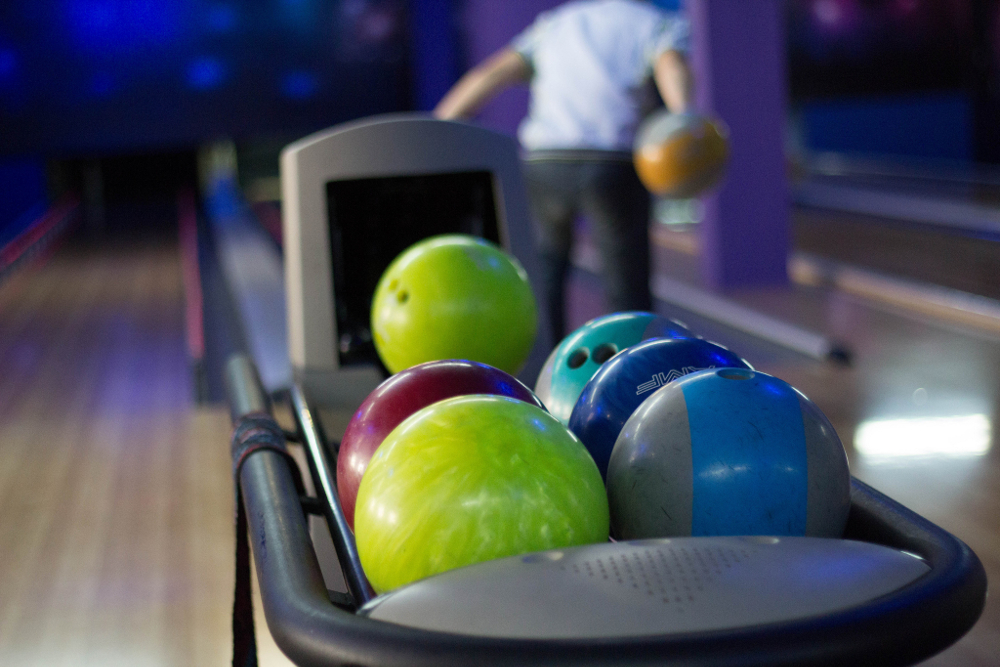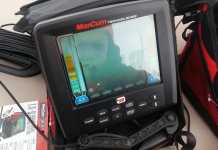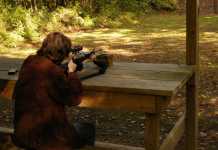
I was at the bowling alley last week and wondered about different bowling ball brands on the market.
Although this list is not comprehensive, it is quite large and has popular bowling ball manufacturers in it.
Read customer reviews of the best bowling ball brands on Amazon.
Non comprehensive list of bowling ball manufacturers
- 3G
- 900 Global
- AMF
- Ash City
- Badger
- Bowled Solutions
- Bowling.com
- Brunswick
- BSI
- Classic
- Clique
- Columbia 300
- DV8
- Ebonite
- Elite
- Etonic
- Forrest
- Hammer
- Harriton
- IFlex
- Innovative
- Kegel
- KR Strikeforce
- Lane Masters
- Linds
- Mill Supply
- Mongoose
- Motiv
- OnTheBallBowling
- Port Authority
- PowerHouse
- Pro Release
- Radical
- Robbys
- Roto Grip
- Tac Up
- Track
- Turbo
- Ultimate Products
- Vertex Mold
- VISE
- Zapp It
Tips for buying a bowling ball
Weight matters
Bowling ball weight will impact your game. Generally speaking, men will use balls weighing between 14 to 16 lbs, with women using balls from 10 lbs and up.
Pick a ball weight that offers consistency and control and little fatigue.
Check your ego at the door and don’t opt for the heaviest ball.
A lighter ball may offer better control and not wear out your arm as fast.
If you have better control and consistency with a lighter ball, why not use it? Nobody will know its weight unless you disclose it or someone picks it up.
Cover stock
The cover stock is the ball’s outer surface. It impacts how the ball reacts on the lane and should fit with your throwing style.
Cover stocks can be made from polyester (plastic), urethane, and reactive resin.
Polyester stocks are usually what house balls have. They are inexpensive and not very versatile.
Urethane and reactive-resin stocks are good for hooks, which an increase strike potential.
Generally, urethane hooks throughout the entire lane. Reactive resin takes a gradual path to the pins, picks up friction near the lane’s end, then hooks aggressively at the pins.
But covers are not the only characteristic that impacts how a ball hooks.
Do you hook?
Bowling balls have different flare potentials, which could be called hooking potential, too.
Manufacturers will use numeric measurements — such as differential or differential of radius of gyration — to note a ball’s flare potential.
As the number increases, the higher the flare potential. The inverse is true, as well.
Different balls with different flare potentials will hook at different times on the lane, depending on lane conditions.
A good resource about flare is bowlingball.com.
Can you control your ball?
The basis for a good score is being precise with your control and consistency.
You’ll still need power. But, if the ball goes careening down the alley like a rocket with no direction and misses the pocket, then maybe that ball is not right for you.
Cost
Cost is an important factor. It is easy to spend $50, $100, $200 or more on a good bowling ball brand. Although that price does not seem like much, it can get costly if you want balls for different circumstances.
Add bags to the situation and the hobby does get pricey.
Get the ball drilled
After purchasing a ball, you will need to get it drilled so it fits your hand.
A ball that is drilled for your hand offers less risk of injury and increased control.
A good pro shop will be to measure your and and drill out the ball for your hand. (You might even get a free drilling at the store you bought the ball.)
Find the best bowling ball brands on Amazon.
Originally posted 2023-01-06 02:10:31.


